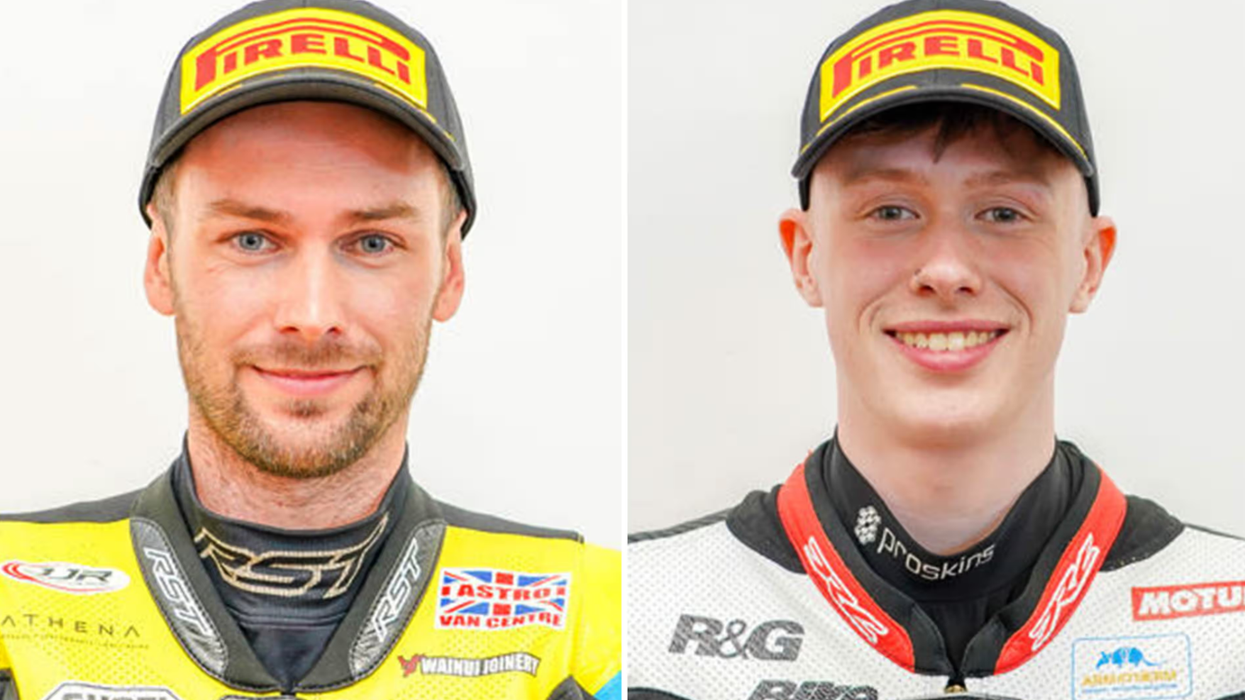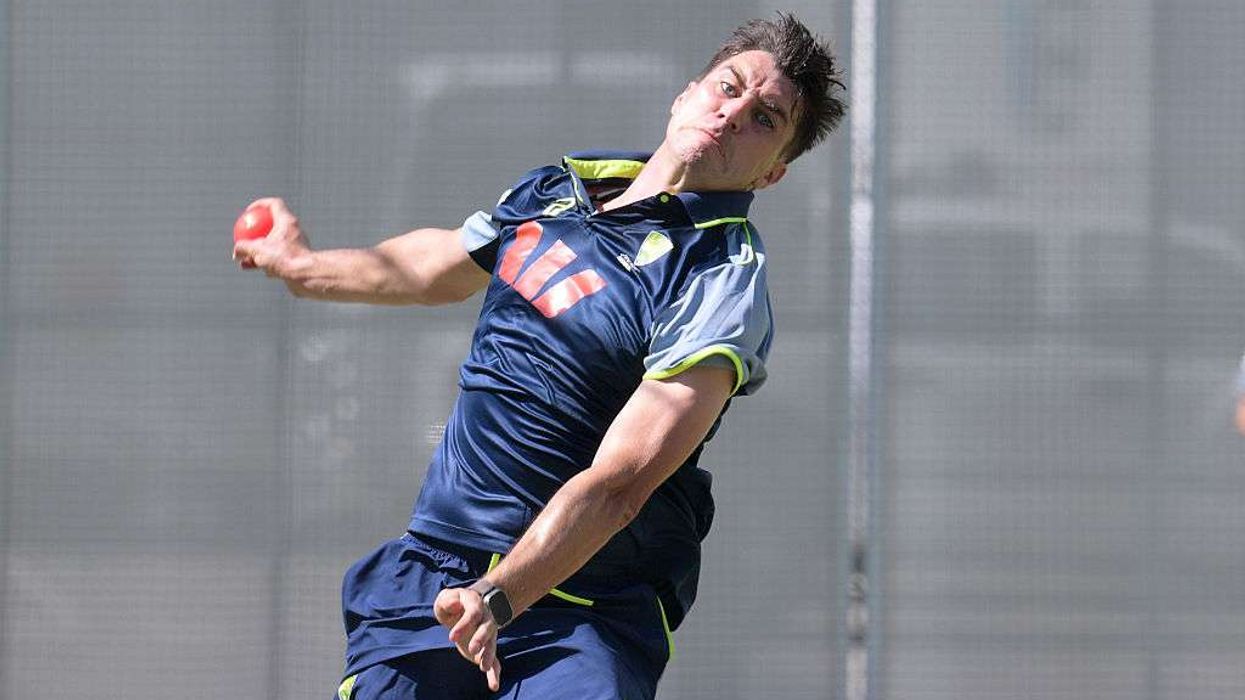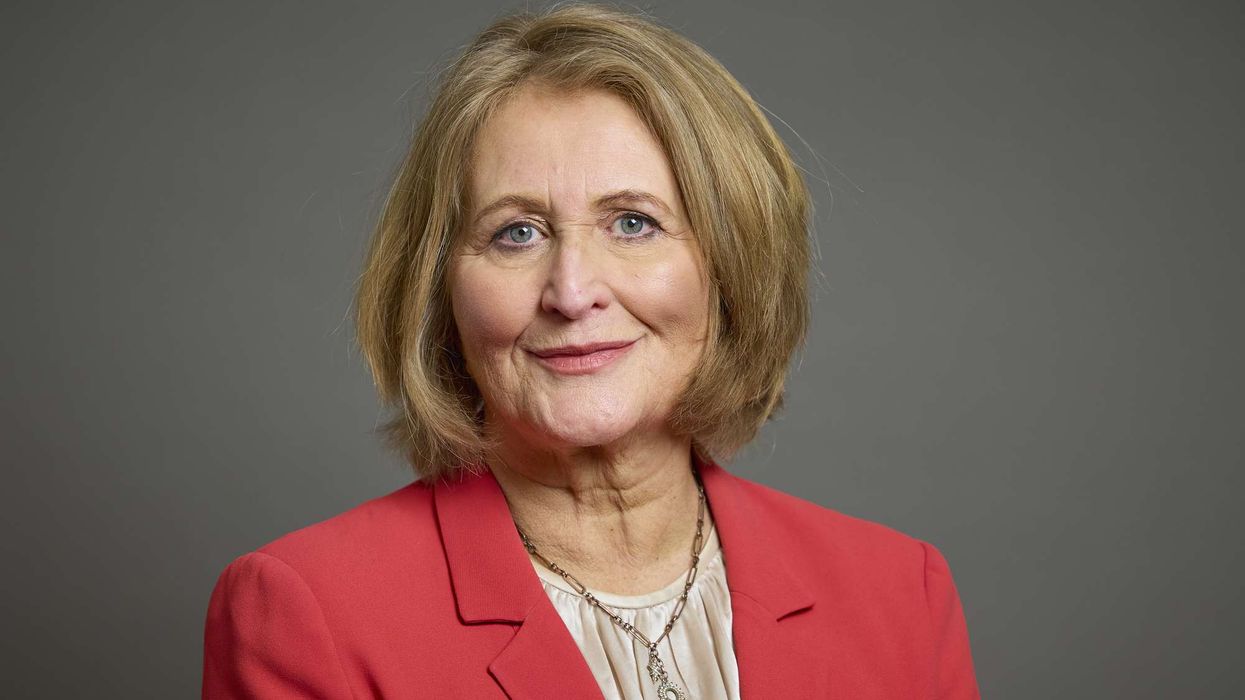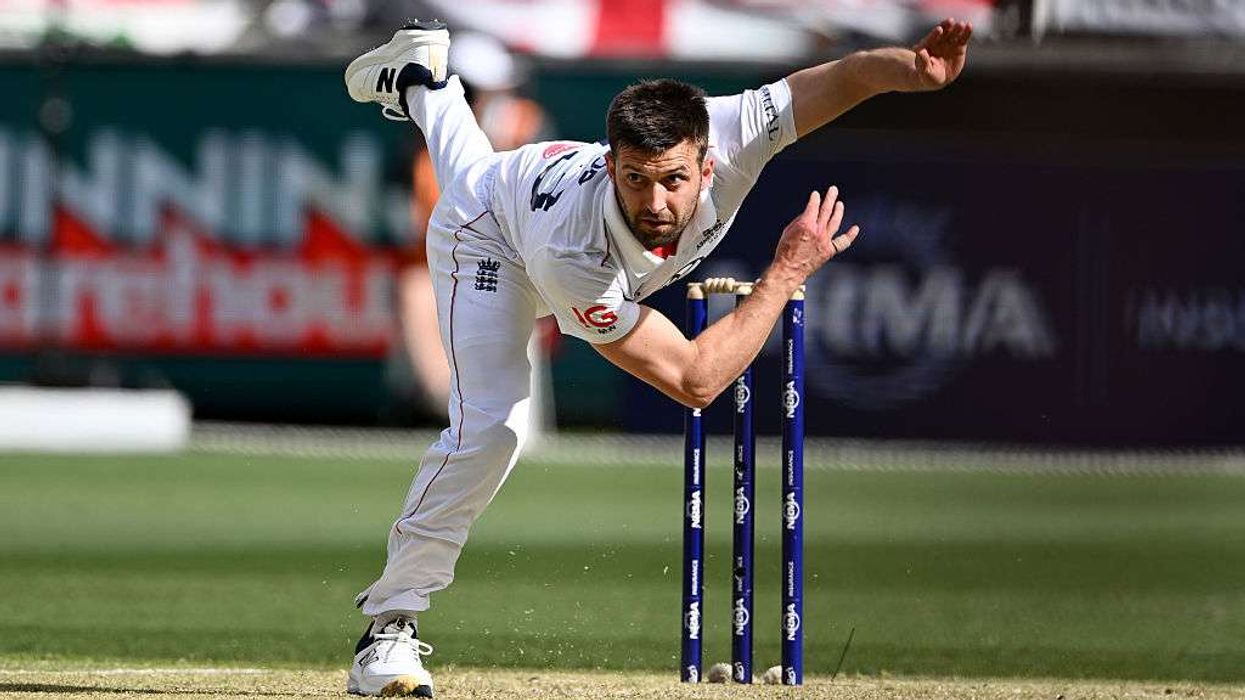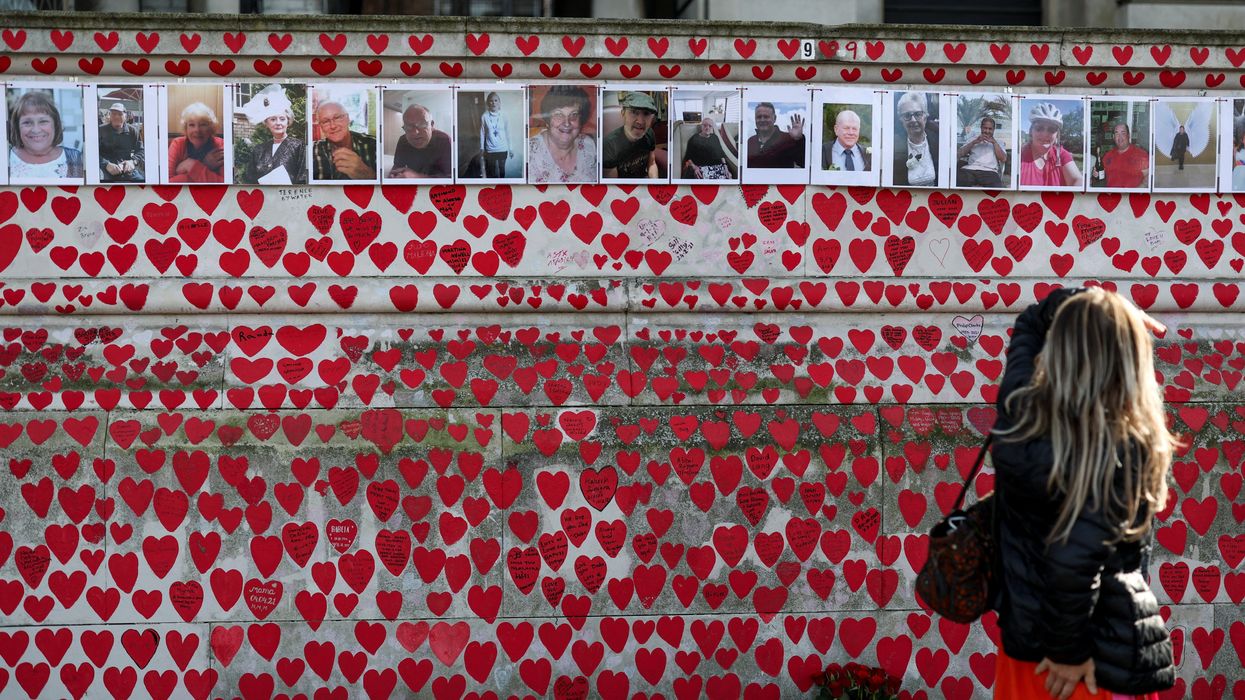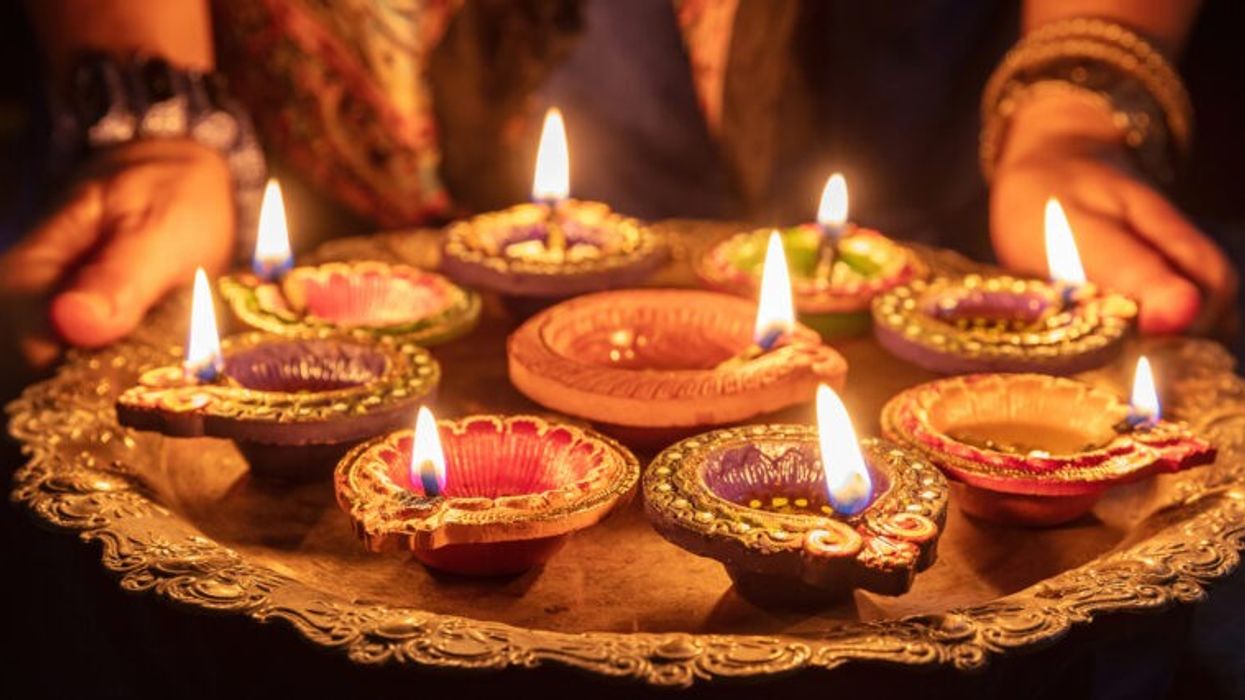Two riders have died following a serious multi-bike crash during a British Supersport Championship race at Oulton Park in Cheshire on 6 May.
Owen Jenner, 21, and Shane Richardson, 29, both sustained fatal injuries in an incident involving 11 riders at the first corner of the opening lap. The crash occurred at Old Hall corner, prompting the race to be immediately red-flagged.
Tom Tunstall, 47, was also seriously injured and was taken to the Royal Stoke University Hospital with back and abdominal injuries. Five other riders were treated at the scene for minor injuries, while three more escaped without harm.
The race formed part of the Bennetts British Superbike Championship event, which was subsequently cancelled due to the severity of the incident.
In a statement, organiser MotorSport Vision Racing (MSVR) said: “At the start of this afternoon’s Quattro Group British Supersport Championship race at Oulton Park, exiting turn one, Old Hall corner on the first lap, there was a chain reaction incident involving 11 riders falling. The race was immediately stopped and trackside medical services deployed.”
MSVR confirmed that investigations are under way: “The Motorcycle Circuit Racing Control Board and MotorSport Vision Racing are investigating the full circumstances of the incident in conjunction with the coroner and Cheshire constabulary.”
The crash has prompted shock and sadness across the British motorcycling community, with tributes being paid to both Jenner and Richardson, who were considered talented and respected competitors within the paddock.
The incident marks one of the most serious in recent British motorcycle racing history. Further updates are expected once the ongoing investigation concludes.
